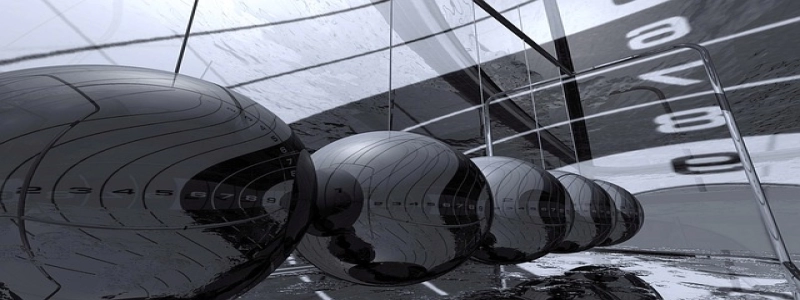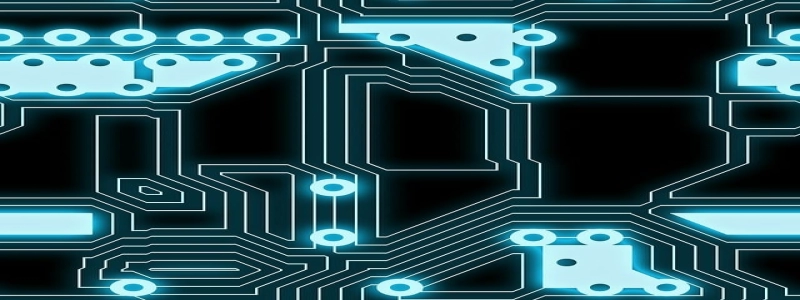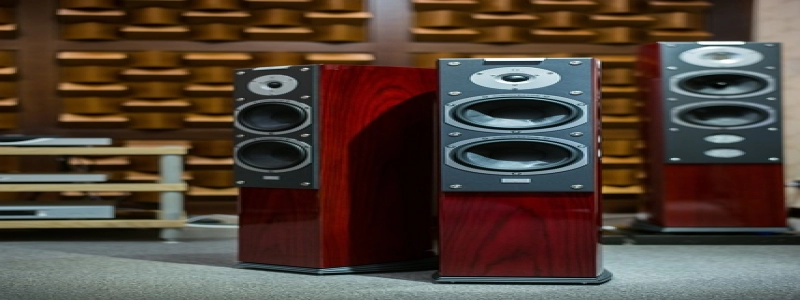1. Introduction
1.1 Overview of diode lasers
1.2 Importance of 10 watt diode lasers
2. Working Principle of 10 Watt Diode Lasers
2.1 Basic functioning of diode lasers
2.2 Specific features of 10 watt diode lasers
3. Applications of 10 Watt Diode Lasers
3.1 Medical applications
3.2 Industrial applications
3.3 Scientific research applications
4. Advantages of 10 Watt Diode Lasers
4.1 Compact size and portability
4.2 High efficiency and low power consumption
4.3 Precise control and high beam quality
5. Challenges and Limitations of 10 Watt Diode Lasers
5.1 Heat management and thermal issues
5.2 Cost and durability considerations
6. Future Developments and Trends in 10 Watt Diode Lasers
6.1 Increasing power output and higher efficiencies
6.2 Integration with other technologies for enhanced functionality
7. Conclusion
1. Introduction
1.1 Overview of diode lasers
Diode lasers are semiconductor devices that generate highly coherent and intense beams of light. They are widely used in various applications such as communications, medicine, industry, and research. Diode lasers offer several advantages over other laser types, including compact size, high efficiency, and ease of use.
1.2 Importance of 10 watt diode lasers
In recent years, there has been a growing demand for higher power diode lasers. The development of 10 watt diode lasers has opened up new possibilities in various fields, enabling more precise and efficient laser processes.
2. Working Principle of 10 Watt Diode Lasers
2.1 Basic functioning of diode lasers
Diode lasers work based on the principle of stimulated emission. When an electric current passes through a specially designed semiconductor material, it stimulates the emission of light. The emitted photons are then amplified through the process of stimulated emission, resulting in a coherent beam of light.
2.2 Specific features of 10 watt diode lasers
10 watt diode lasers are designed to handle higher power and deliver a more intense beam compared to lower power diode lasers. They typically consist of multiple diode bars or arrays that are combined to increase the overall power output.
3. Applications of 10 Watt Diode Lasers
3.1 Medical applications
10 watt diode lasers find applications in various medical procedures such as laser surgery, dermatology, dentistry, and ophthalmology. They can be used for precision cutting, tissue ablation, and coagulation, offering minimal invasiveness and faster healing times.
3.2 Industrial applications
In the industrial sector, 10 watt diode lasers are used for tasks such as metal cutting, welding, soldering, and marking. They provide high accuracy and speed, enabling efficient and cost-effective manufacturing processes.
3.3 Scientific research applications
Researchers utilize 10 watt diode lasers in fields such as materials science, spectroscopy, and holography. The high power output and versatile beam properties make them ideal for various experimental setups.
4. Advantages of 10 Watt Diode Lasers
4.1 Compact size and portability
10 watt diode lasers are relatively small and lightweight compared to other laser types with similar power outputs. This makes them suitable for applications where space and mobility are constraints.
4.2 High efficiency and low power consumption
Diode lasers are known for their high electrical-to-optical conversion efficiency. The 10 watt diode lasers offer improved energy efficiency, resulting in lower power consumption and reduced operating costs.
4.3 Precise control and high beam quality
10 watt diode lasers allow for precise control over their output parameters such as power, wavelength, and pulse duration. They also offer high beam quality, ensuring a focused and consistent laser beam for improved accuracy in various applications.
5. Challenges and Limitations of 10 Watt Diode Lasers
5.1 Heat management and thermal issues
Higher power diode lasers generate significant amounts of heat, which can affect their performance and longevity. Proper heat dissipation and cooling mechanisms need to be implemented to ensure stable and reliable operation.
5.2 Cost and durability considerations
10 watt diode lasers often come with a higher price tag compared to lower power diode lasers. Additionally, their durability might be affected by factors such as high power densities, frequent on/off cycles, and environmental conditions.
6. Future Developments and Trends in 10 Watt Diode Lasers
6.1 Increasing power output and higher efficiencies
Future advancements in diode laser technology aim to increase the power output of 10 watt diode lasers even further while maintaining or improving energy efficiency. This will enable broader applications and more demanding laser processes.
6.2 Integration with other technologies for enhanced functionality
The integration of 10 watt diode lasers with other technologies, such as beam shaping optics and intelligent control systems, can enhance their functionality for specific applications. This trend will lead to more versatile and tailored laser solutions.
7. Conclusion
10 watt diode lasers have emerged as a crucial tool in various fields, offering high power output, compact size, and precise control. Their applications in medicine, industry, and scientific research continue to expand. As advancements in diode laser technology continue, we can expect even greater power outputs and improved efficiencies, opening up new possibilities for laser-based processes.








